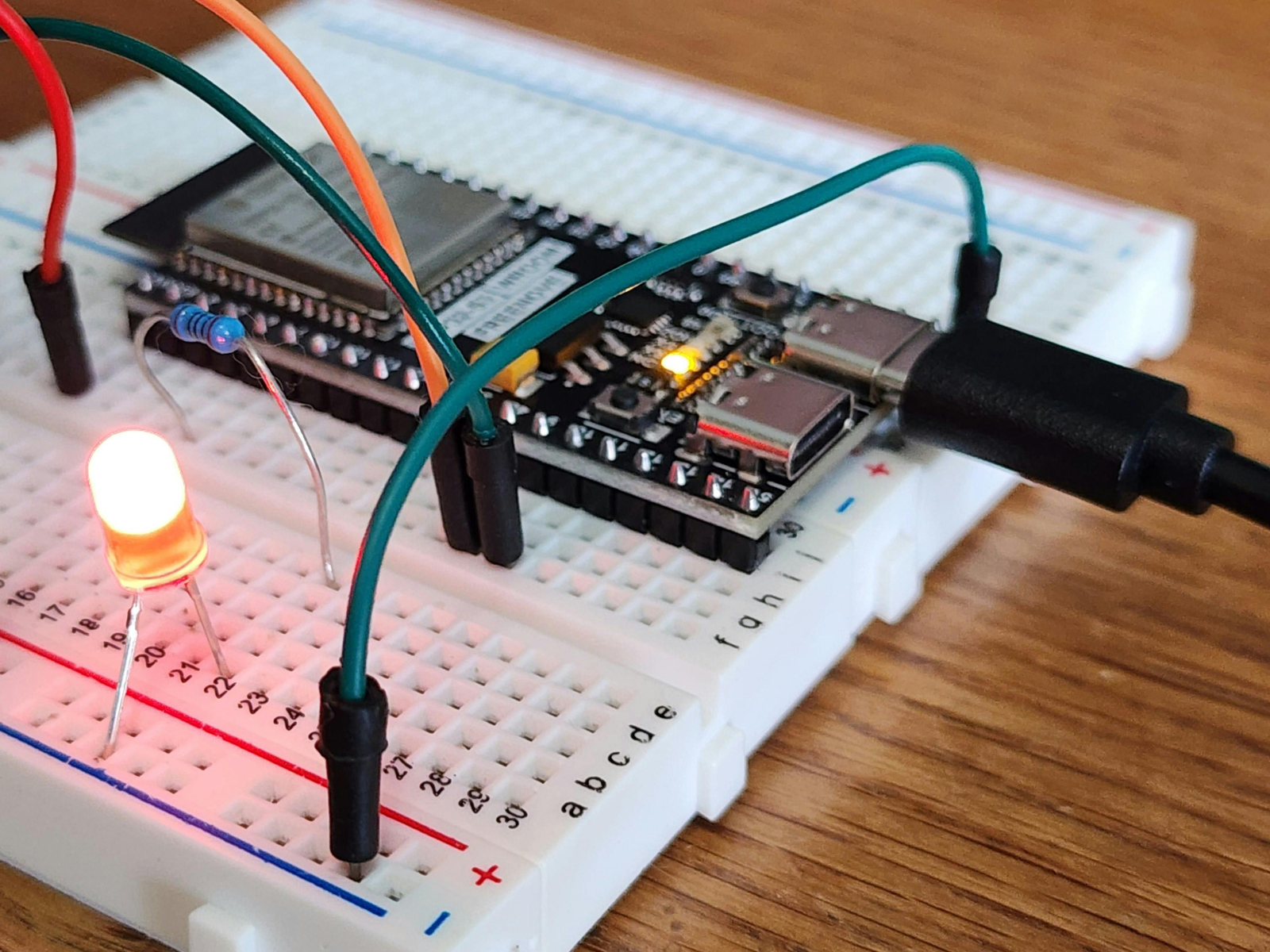Your ESP32-based IoT product works flawlessly in the lab. WiFi connects instantly, data flows seamlessly, and your demo works the first time, every time. But the reality is your customers need sensors in remote agricultural fields, asset tracking across international shipping routes, and backup connectivity for critical infrastructure where WiFi simply doesn’t exist.
The ESP32 has become a go-to platform for engineers, makers, and businesses building connected devices. Its compelling combination of dual-core performance, integrated WiFi and Bluetooth, affordable price point, and rich GPIO options makes it ideal for rapid prototyping. However, for many teams, what begins as a promising proof of concept quickly encounters a familiar roadblock: reliable connectivity in real-world deployments.
Cellular networks are global, reliable, and increasingly efficient data transmission. For ESP32 solutions venturing beyond controlled environments, cellular should be the natural evolution. Yet for many organizations, integrating cellular connectivity has historically been more trouble than it’s worth.
Why does cellular integration have to be so complex? And what would seamless ESP32 cellular connectivity actually look like?
Why ESP32 + Cellular is a Winning Combination
The popularity of the ESP32 isn’t hard to understand. It balances power, cost, and flexibility, with dual-core performance, integrated radios, and support for familiar development frameworks like Arduino and ESP-IDF. Making the ESP32 the top choice for everything from custom hardware startups to Fortune 500 R&D teams.
However, WiFi and Bluetooth Low Energy excel primarily in controlled environments. Once you move beyond the lab, their limitations become apparent. Many IoT deployments require connectivity in challenging locations: agricultural fields, oil rigs, power stations, cargo trucks, and remote monitoring sites. These environments rarely offer reliable local networks or consistent power infrastructure.
Cellular connectivity directly addresses these challenges. It provides:
- Global coverage: Operate across countries and continents without infrastructure dependencies
- Carrier-grade reliability: Benefit from decades of telecommunications infrastructure investment
- Rural and urban reach: Access data in locations where WiFi simply isn’t available
- Predictable performance: Leverage standardized protocols and service level agreements
Pairing of ESP32 with cellular connectivity offers an ideal solution: an affordable, low-power compute platform with always-on global data access. In practice, however, this is where complexity traditionally begins.

What’s Historically Made Cellular So Difficult?
While cellular may solve the connectivity challenge, it often creates new ones. For product and engineering teams, integrating cellular can come with unexpected delays, hidden costs, and architectural complexity that slows down even the most agile development cycles.
It usually starts with the modem. Most cellular modules require working directly with AT commands, a decades-old interface language that’s unintuitive, inconsistent across vendors, and painful to debug. Writing and maintaining firmware to handle modem state, retries, error handling, and power management can quickly consume weeks of engineering time.
Next, you need to provision your fleet. Carrier contracts, SIM management, region-specific data plans, and compliance requirements vary widely depending on where you plan to deploy. Testing in one geography doesn’t guarantee performance in another which makes managing fleets of devices across carriers a logistical headache.
Power consumption is another common concern for devices that are deployed remotely. Cellular radios draw significantly more power than WiFi or BLE modules. For battery-powered products, a poorly integrated modem can cut device life from months to days.
And finally, there’s the cloud platform where you gain access to your data. Piping data from device to cloud requires a reliable and secure data flow. You’ll need to manage encryption, message queuing, device identity, and remote updates, all before you ever see a byte of data.
For teams working on time-sensitive roadmaps or operating with lean technical resources, this traditional approach is often a non-starter.
A Smarter Path to Cellular-Enabled ESP32 Deployments
What if cellular integration didn’t require navigating modem commands, carrier relationships, and custom firmware development?
This is where Blues transforms the equation. Our plug-and-play cellular solution is purpose-built for platforms like the ESP32, handling everything from SIM provisioning to cloud data routing. This allows your team to focus on delivering product value rather than building connectivity infrastructure.
Modern cellular integration for ESP32 should provide:
- Seamless Development Integration: Drop-in compatibility with Arduino IDE and familiar APIs that abstract cellular complexity while maintaining control over device behavior.
- Global Connectivity Out-of-the-Box: Built-in SIM and worldwide data plans that eliminate carrier negotiations and regional deployment complications.
- Intelligent Power Management: Hardware and software designed for battery-powered applications, with automatic sleep/wake cycles that extend device life without compromising connectivity.
- Secure Cloud Routing: Encrypted data transmission to your preferred cloud platform without requiring additional networking stack development.
- Fleet Management Capabilities: Over-the-air updates, remote configuration, and device monitoring that scales from prototype to production deployment.
For product managers and engineering leaders, the business value of using a ready-made cellular solution is clear: faster time to market, reduced development risk, and predictable deployment costs.
With Blues there are no AT commands, no vendor lock-in, just a straightforward path from prototype to production.

It’s Time to Rethink Cellular for ESP32
If you’re building connected devices on the ESP32 and plan to deploy beyond controlled environments, cellular should be a strategic priority. But that doesn’t mean you need to accept the pain that traditionally comes with it.
Modern cellular solutions designed for embedded systems are changing the development landscape. By abstracting complexity and offering predictable performance, Blues allows your team to focus on what matters: delivering value, moving fast, and scaling with confidence.
Whether you’re launching a new product or evolving an existing one, choosing the right connectivity path can mean the difference between a stalled prototype and a deployed solution. Ready to transform your ESP32 products from WiFi limited to globally connected? Contact our team to see how Blues can accelerate your product development.
Additional Resources
- Get started with Blues development kits
- Explore technical documentation for getting started with Blues
- Download our guide: Build or Buy: The True Cost of Developing Wireless Connected Devices
